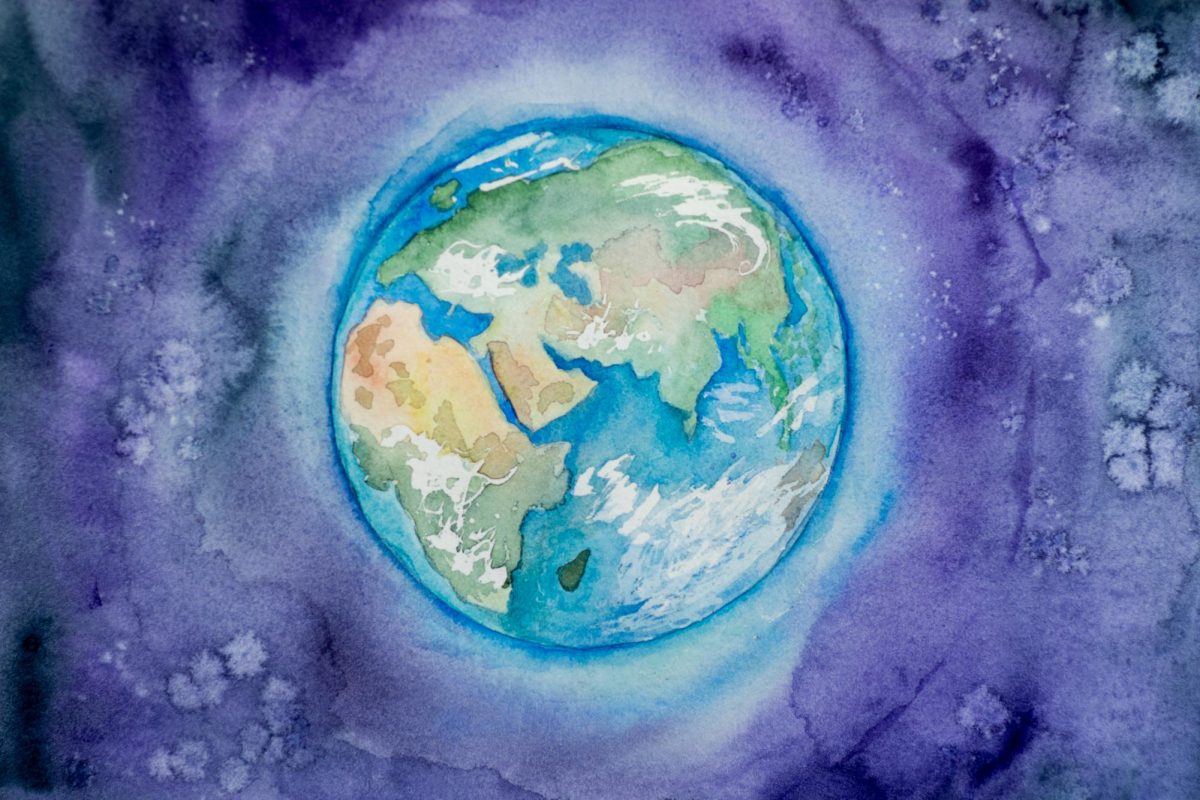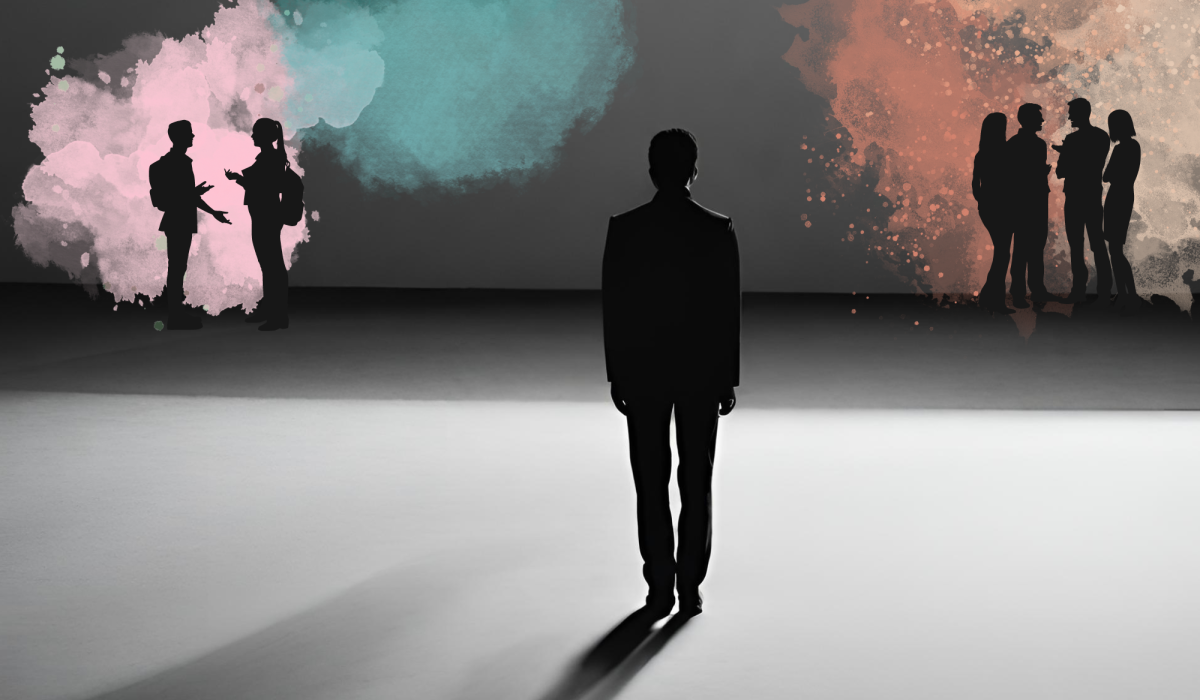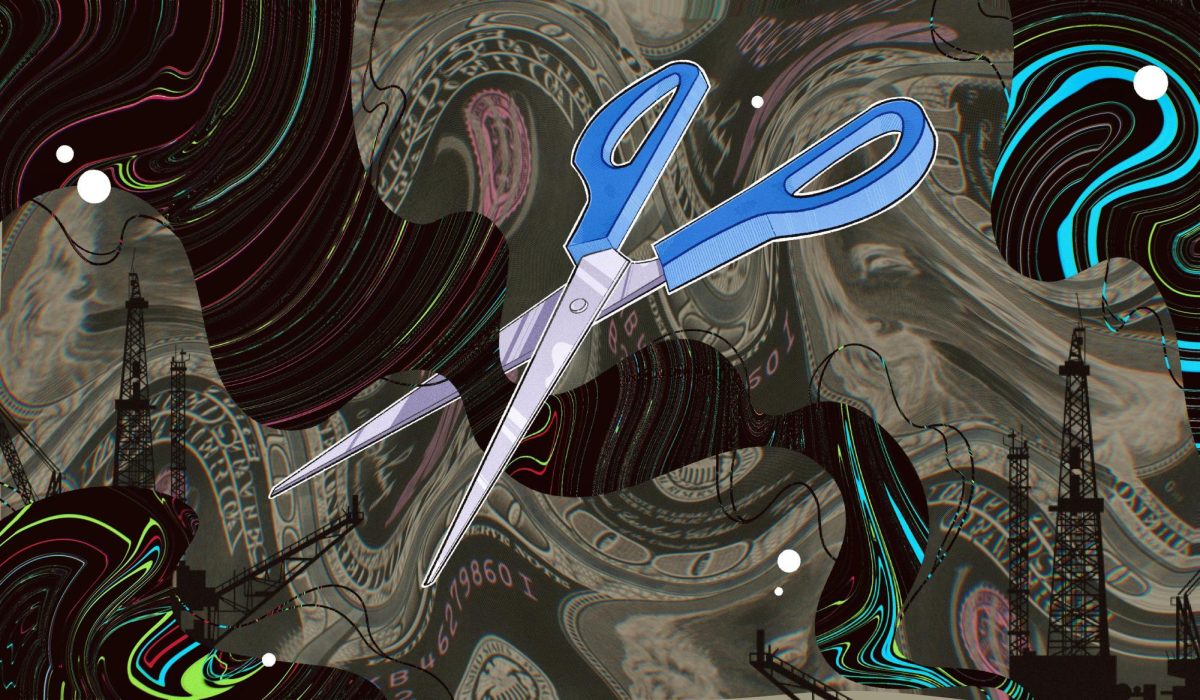In the wake of the 1969 Stonewall riots, the gay sex scene erupted. Mass migrations into major cities, inspired by the rebellious spirit of Stonewall, erected bastions of hedonistic liberation. While the scene was by no means a public affair, new opportunities for sexual expression peaked as gay men thrust themselves into the seedy promiscuity that characterized the 1970s. For better or for worse, covert, drug-fueled sexual escapades set in motion the evolution of gay sexual history, and they continue to influence the modern culture of gay sex.
To set the stage, systemic backlash still compelled secrecy, but gay men in the ‘70s popularized a whole host of methods for “cruising” — casual and semi-public means of finding sexual partners. Enter stage right: orgiastic bathhouses, anonymous gay bars, and public meeting places like piers and truck stops. Drugs — usually meth — often mediated the stress and shame of secrecy. Rock and roll did not accompany the sex and drugs, but an expected subject often did — prostitution. Migrations to major cities carried with them young gay men from across the nation, some of whom turned to prostitution as a means of sustaining city life. A notion existed before, and well after, the ‘70s that older gay men ought to “initiate” younger men by passing along their carnal knowledge. And so, a predatory tendency stereotyped both the roles of older and younger gay men within this realm of debauchery.
Despite the sleazy nature of this decade, it still signified a marked growth in the direction of a defined community. As they chose the metropolitan life, and all it entailed, gay people became less of a scattered minority with no outlet for self-expression. Rather, they encountered others who came from relatable backgrounds, and organizations to advocate their needs.
The free spirit of this decade came to a screeching halt when confronted with the harsh reality of the AIDS epidemic in the early ‘80s. The promiscuous tendencies of the ‘70s had unknowingly fostered the virus, leading to the death of nearly 20,000 people and contaminating between 500,000 and 1,000,000 people by the end of the ‘80s. Though the methods of transmission soon became clear, no treatments were proposed until 1987, with the current pharmaceutical treatment hitting the market in 1997. The seedy pastimes which dominated the ‘70s came with a daunting risk then due to the high mortality rate in the early years of the AIDS epidemic.
As it stands today, AIDS is no less a looming topic in the discussion of gay sex. But its predecessor — the salacious yet wildly addictive activities of the ‘70s — is no less common either. Hypersexuality has indelibly left its mark on the gay community; clubs, gay bars, and online spaces thrive on the same shared, knowing glances that precede casual sex. But the modern gay community has learned from our past mistakes. Preventative measures, including Pre-exposure Prophylaxis, broader sex education, and increased access to testing, enter most discussions of gay sex and significantly decreased infection rates evidence their effectiveness. Despite all the negativity that has interjected the rebelliously sexual history of gay culture, the evolution of gay sex continues and refuses to become flaccid.









Kenna Cook • Nov 21, 2017 at 11:04 am
Firstly, AIDS was not relegated to only men who have sex with men (MSM). While this was the predominate majority, it was not only unprotected anal sex that caused HIV, which then became AIDS. Blood transfusions, lack of safe needle exchanges and heterosexual sex.
Secondly, AZT (the first antiretroviral drug) was approved by the FDA in 1987 and people where prescribed the medications at that point.
Finally, what stopped the AIDS epidemic was the OVERWHELMING activism of groups like ACT UP. The gay community was destroyed by this disease and had to act as a true community to help and support each other during the decade that killed thousands of peoples families and friends Currently, PrEP and PEP can help ANYONE (not just MSM) protect themselves from contracting HIV. And the CDC has recently announced that people who are HIV-positive are completely UNTRANSMITTABLE when their viral load is undetectable.
Do your research (here is where you can start: https://www.avert.org/professionals/history-hiv-aids/overview) and stop spreading the sex-negative homophobic rhetoric. The gay community has suffered enough stigma and abuse in the past 3 decades. They don’t need an article like this to lambast them in a time when living as an out gay person can still be dangerous,